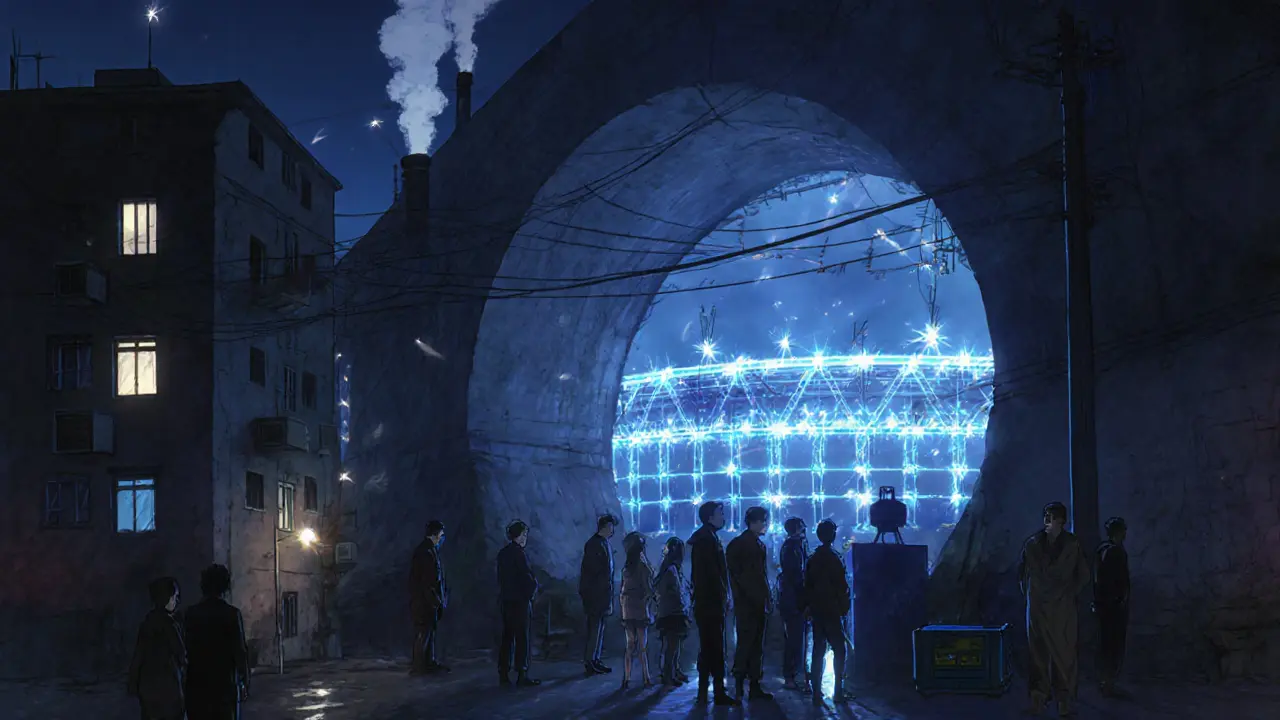Bitcoin Mining Cost: What It Really Takes to Mine BTC in 2025
When you hear "Bitcoin mining," you might picture miners in a basement with racks of machines—but the real story is about Bitcoin mining cost, the total expenses involved in validating Bitcoin transactions and earning new BTC as a reward. Also known as mining profitability, it’s not just about buying hardware—it’s about power, heat, and timing. In 2025, mining isn’t a hobby for most. It’s a business where a few extra cents per kilowatt-hour can mean the difference between profit and loss.
The biggest chunk of your electricity cost Bitcoin, the ongoing expense of running mining rigs 24/7. Also known as power consumption, it often makes up 60-80% of your total mining cost. If you’re paying $0.15 per kWh, your miner might eat $500 a month in electricity alone. But if you’re in a region with cheap hydro or solar power—like parts of Texas, Georgia, or Canada—you could slash that number in half. That’s why mining farms cluster where energy is cheap, not where the internet is fast.
Then there’s the mining hardware, the specialized machines built to solve Bitcoin’s cryptographic puzzles. Also known as ASIC miners, they’re not your average computer. A top-tier ASIC like the Antminer S21 can cost $3,000–$4,000 upfront. It’s not just the price—it’s the lifespan. Most miners last 18–36 months before they’re too slow or too power-hungry to compete. And if Bitcoin’s price drops or the difficulty spikes, your hardware can lose value faster than a used smartphone.
Don’t forget mining pools. Running solo is nearly impossible now. Almost every miner joins a Bitcoin mining pool, a group of miners who combine computing power to increase chances of earning rewards. Also known as pool mining, it’s how most people get paid regularly. But pools take fees—anywhere from 1% to 3%. Some pay out daily, others weekly. Some have low fees but high minimum payouts. You can’t just pick the cheapest one. You need to track their uptime, payout history, and how they handle network forks.
There’s also the hidden cost: heat and noise. Mining rigs don’t just use electricity—they turn it into heat. In summer, you might need extra cooling. In winter, that heat helps warm your home. But if you’re running a rig in your living room, you’ll hear it 24/7. And if your power bill spikes, your landlord might notice. Most serious miners operate in warehouses, data centers, or remote locations.
What’s the point of all this? To make money. But Bitcoin’s reward halves every four years. In 2024, it dropped to 3.125 BTC per block. By 2028, it’ll be 1.5625. That means miners need to get more efficient, not just more powerful. The ones surviving in 2025 aren’t the ones with the biggest rigs—they’re the ones who track every dollar spent and every satoshi earned.
Below, you’ll find real-world guides on switching mining pools to boost profits, how to calculate your exact break-even point, and which hardware still holds value in 2025. No fluff. Just what works—and what doesn’t—when you’re trying to mine Bitcoin profitably today.
